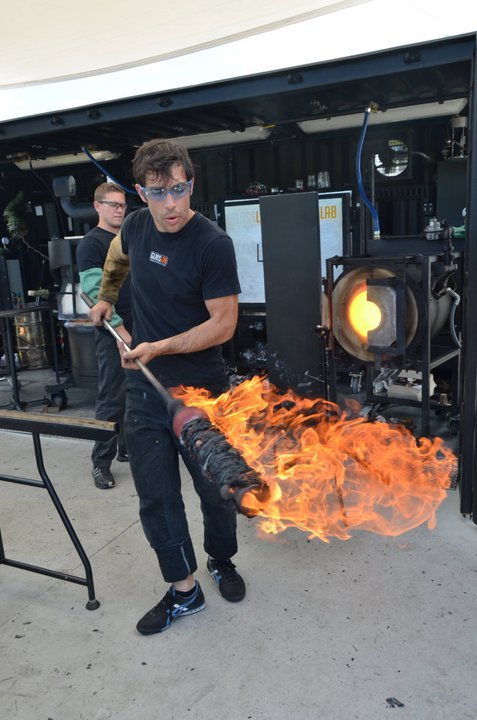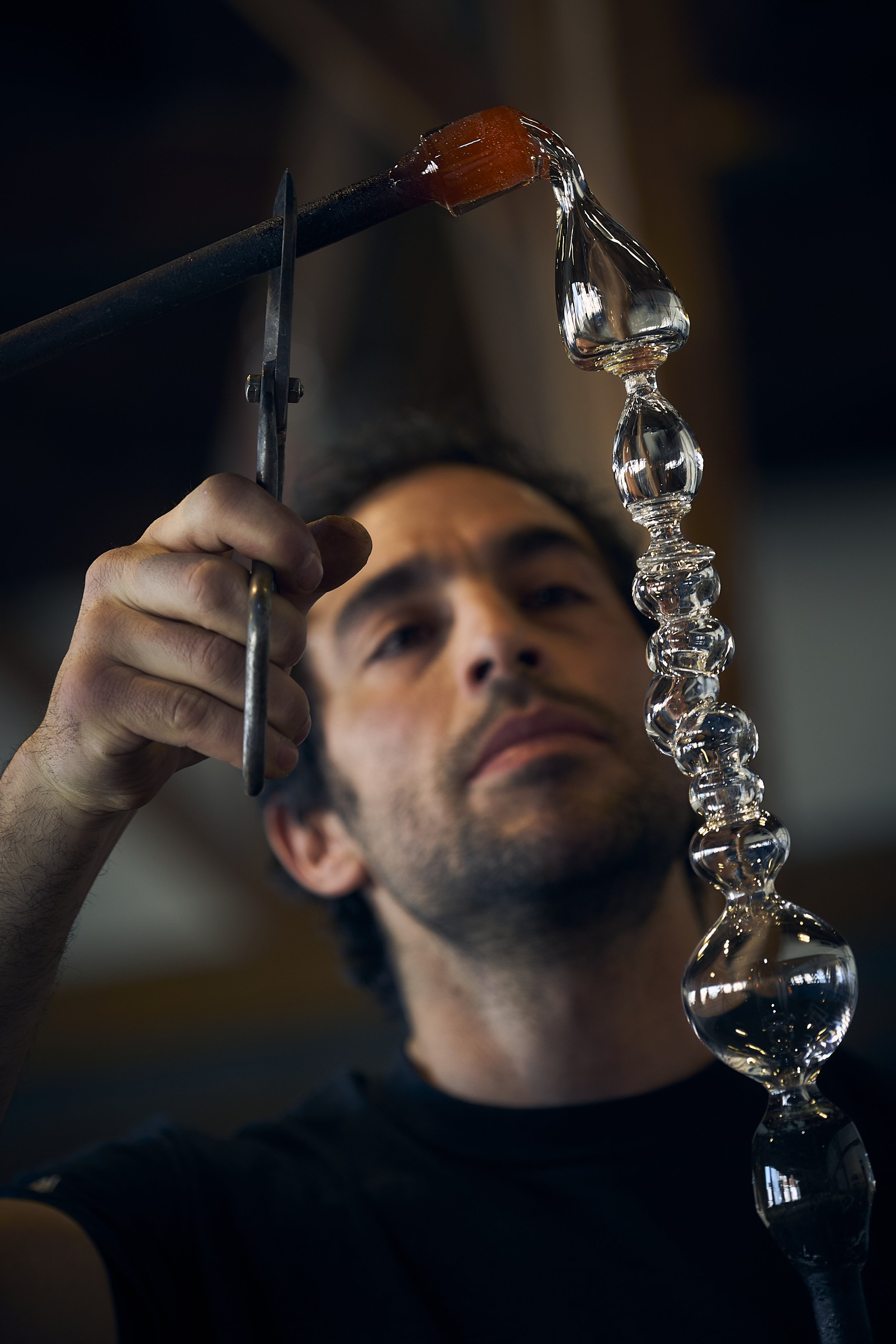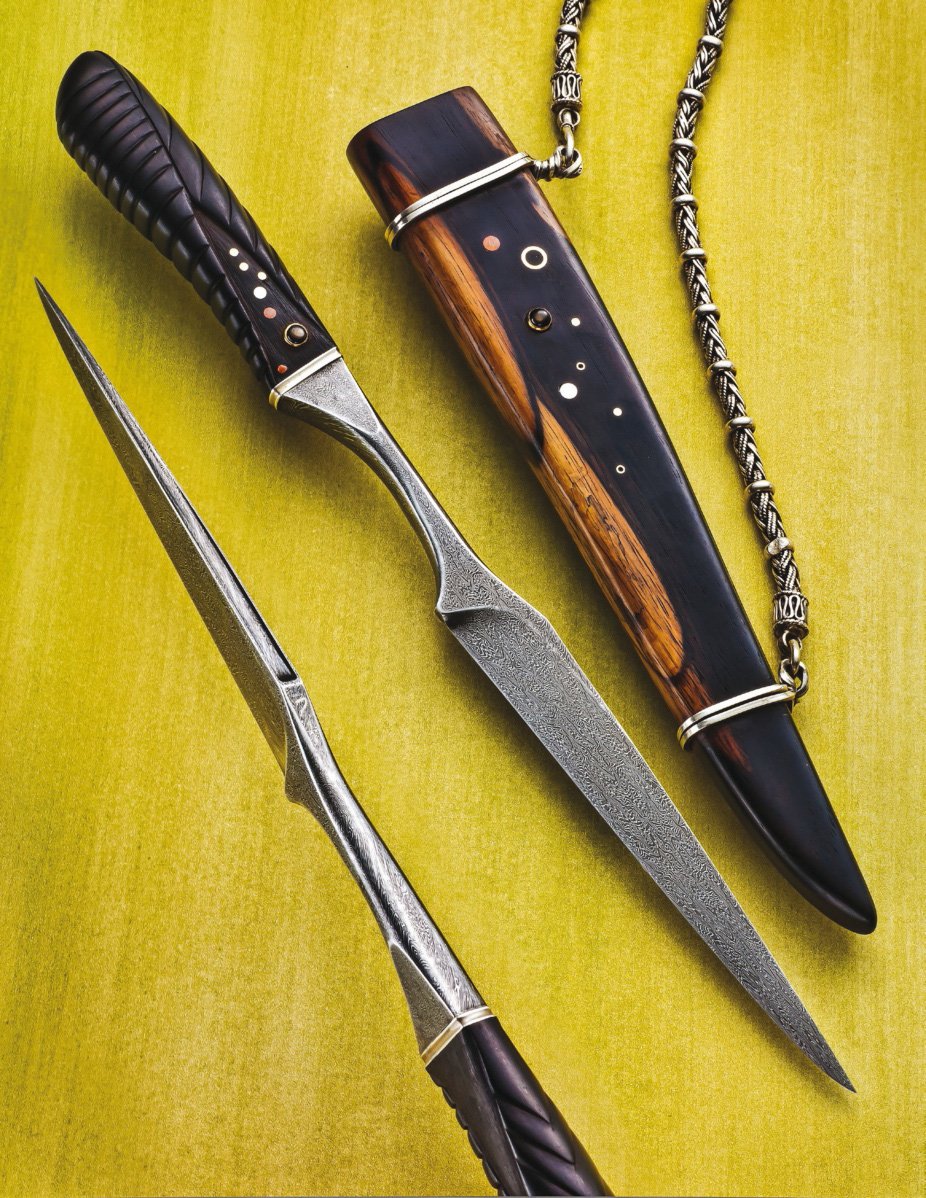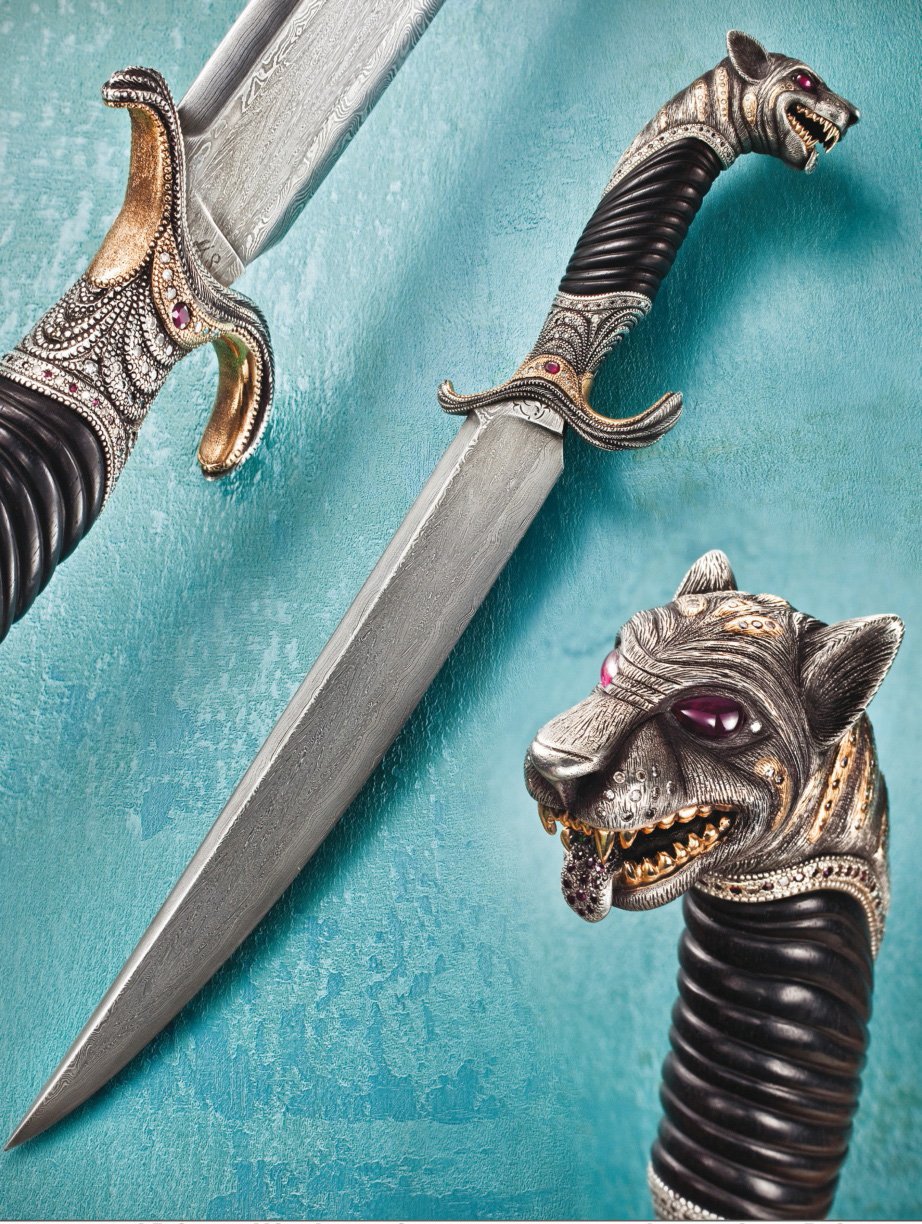MEET OUR 2023 Festival of Fire KEYNOTES
Salem Art Works has invited four artists, primarily working with fire, to join us in residence for 10 days culminating in the Festival of Fire weekend. SAW’s new Fire Fellowship invites artists to work on their own projects and collaborate with fellow artists, staff, and residents at SAW to explore and see what happens. Projects include performance, sculpture, and kiln building! Follow SAW’s social media to receive updates on the artist’s work and learn more about them below!
Marc Barreda | GLASS
About
My work develops through a reciprocal relationship between scientific concepts and the drama of existence, emphasizing an attention and devotion to fine craftsmanship and phenomenological explorations. A perpetual student, I am drawn to situations that challenge my every capacity. The medium of glass does just that. The responsibility of collaboration, teaching, living in a foreign country and even fishing on a boat in Alaska push me to my own limits of comfort and knowledge and more often into realms of the unknown. The result is inspiration and gratification that can take physical form and a level of validation that I can only hope to share in what I do and what I make.
Marc Barreda (PERU/USA/NL, 1977). After receiving a bachelor's degree in Biology from Williams College, Marc started a career in the arts, working as a mixed-media sculptor and training as a glassblower. He developed an understanding of glass by working for a variety of artists and by taking and assisting at classes at glass schools around the United States and Europe. This commitment to the medium opened a variety of doors for him, both domestically and abroad. In 2005, Marc made his first trip to Holland to help develop the Vrij Glas Foundation. In 2009, he moved to Amsterdam full time to pursue a master's degree at Sandberg Institute. His work is shown internationally and is housed in the collections of The Creative Glass Center of America, the Museo Nacional del Vidrio in Spain, the Nationaal Glasmuseum of the Netherlands, and elsewhere. Marc works with artists and designers to help realize their ideas in glass and teaches at the KABK in The Hague and at the Design Academy in Eindhoven. In the summer, Marc is also a commercial salmon fisherman in Alaska. Recently, together his friend and collaborator Kitty Lameris, a glass expert and historian, Marc published a book that is the product of an ongoing fascination with Trick Glasses. The English version is set for publication in the spring of 2023.
J.D. Smith | Blacksmithing
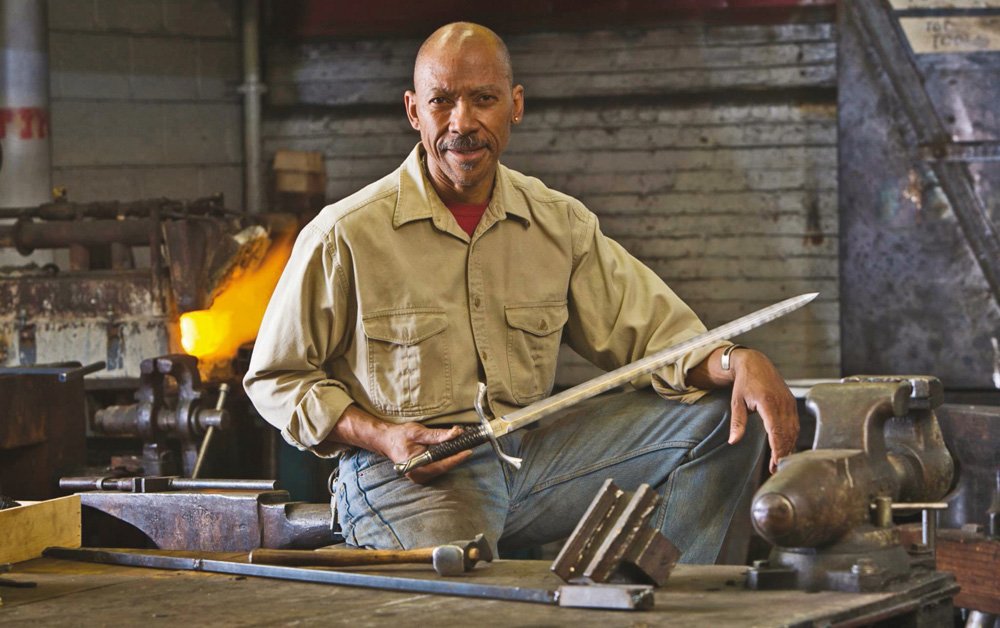
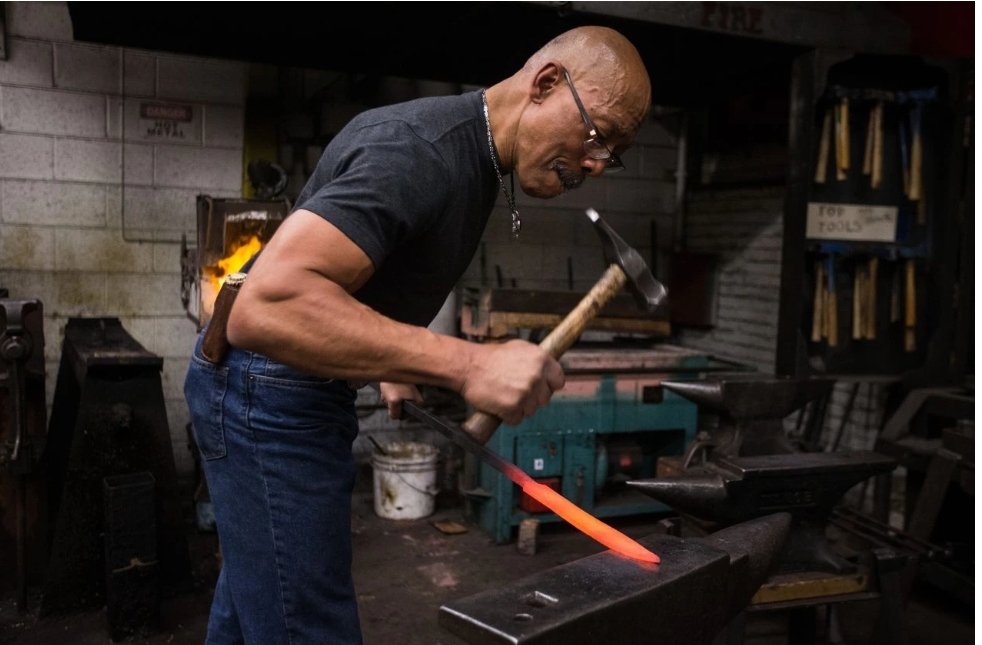
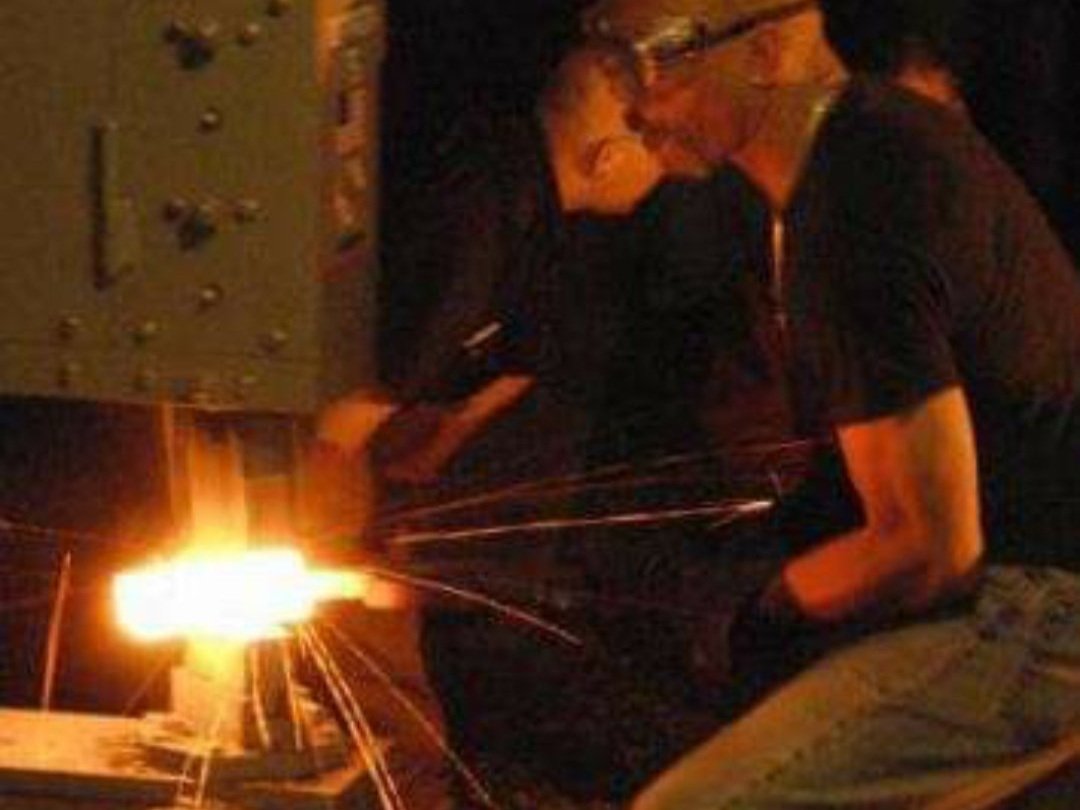
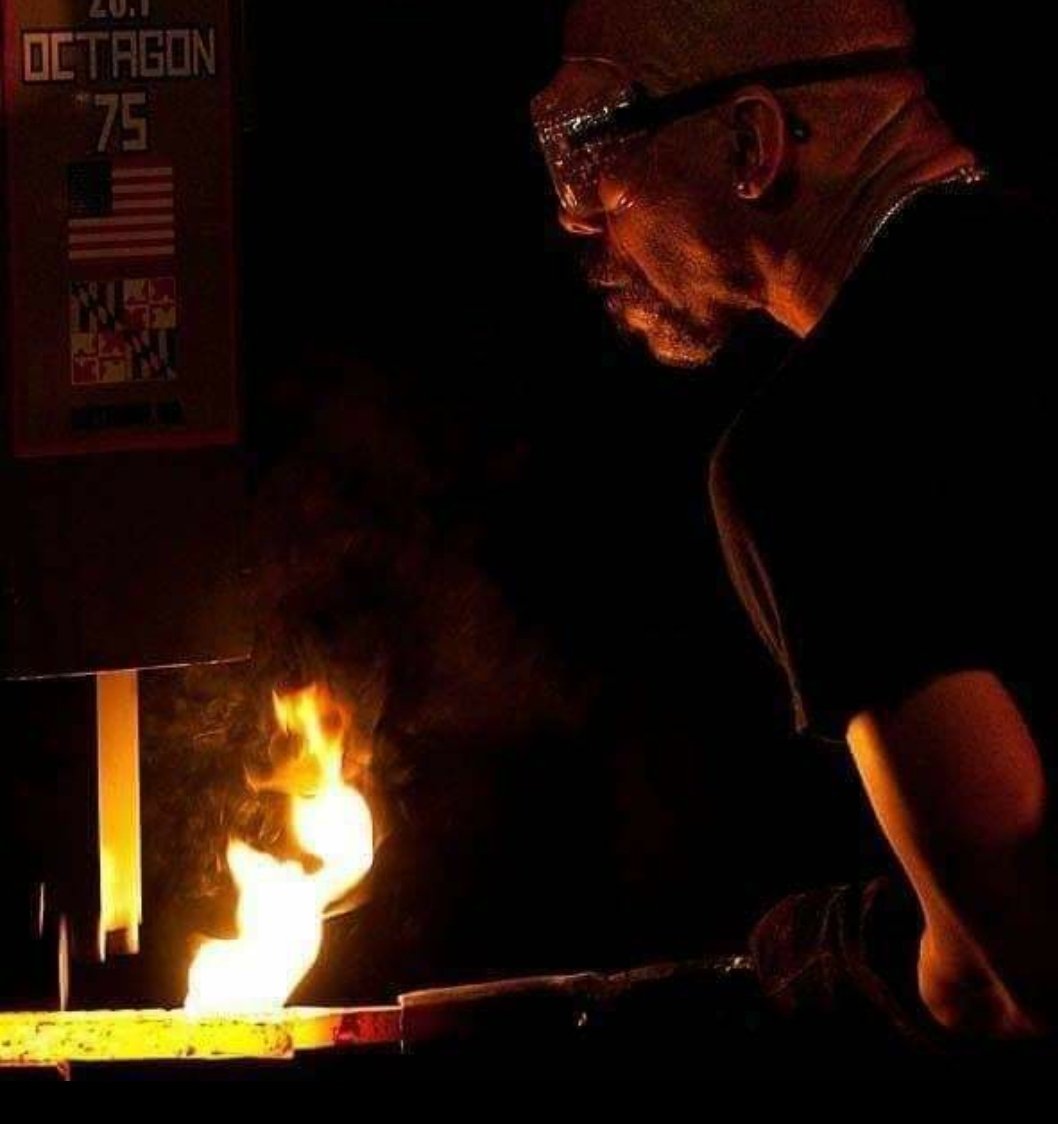
About
My work and study as a Damascus steel bladesmith has taken me on an odyssey that has put me in intimate contact with many diverse craft and science disciplines. These include design, small and fine metal skills, smithing, material science, and metallurgy.
For me, the major appeal of this material is the opportunity to make the very steel itself a vibrant and expressive medium that stands on its own aesthetic merits.
I use concepts that are both ancient and contemporary to craft the patterns in steel you see exhibited here. The utmost in discipline and patience is required to produce the highest quality pattern welded steel. No compromises in production techniques can be made at any time, as the beauty of the result largely resides in its perfection. Please enjoy these, some of the best examples of my work.
An often asked question is whether or not I craft all aspects of the work you see here. The answer of course is yes. If I personally cannot do a thing, it does not go on the piece; it is as simple as that. This naturally affords me an opportunity to master a great many skills, and that ultimately is the fun of it all.
Julia Nema | Ceramics
About
Julia Nema is one of the only professional woodfire potters living and working in Hungary. She will give a 45 min talk about her experiences with wood-firing and be onsite during the festival to talk and discuss kilns with participants. Julia will be in residence at SAW for three weeks prior to the festival to build a temporary wood-fired kiln designed to fire a sculpture made entirely of on-site clay and local slate. The firing and unveiling of the sculpture will coincide with the festival.
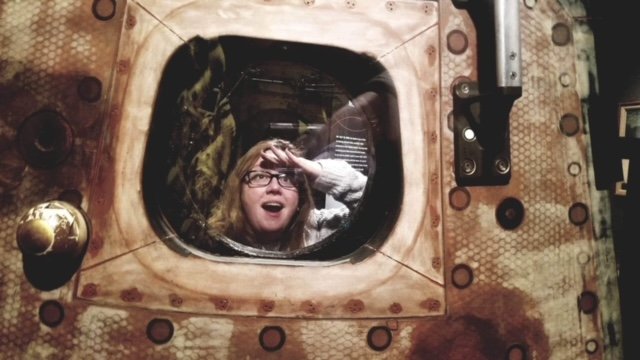


About
Rhiannon Scheidt is a contemporary sculptor who has been living and working in Pittsburgh, Pennsylvania for the past decade. She works in the Fine Art Foundry program at Carrie Furnaces in Pittsburgh where she instructs the metal casting workshops and develops her own artwork. The gritty, industrial environment has influenced her work as an iron caster, most recently creating a series of building relics and cityscapes with crumbling skylines. Her somber, abandoned structures evoke memories of personal loss and resonate with the reality of our possible, dystopian future.
Her iron casting techniques of sand carving and reactionary mold making were first learned at East Carolina University where she earned her Bachelor of Fine Art in Sculpture. Since graduation, she has shown work both domestically and internationally while participating in a myriad of iron pours, conferences, and workshops. Most notably, she has attended the Mesalands Iron Casting Symposium, Salem Art Works Artist Residency, Sculpture Trails Artist Residency, Carrie Furnaces Festival of Combustion, the biannual SLOSS Iron Casting conference, and the NCIIIA International.
Scheidt is currently attending Alfred University for her Master of Fine Art where she is working with new materials such as glass, steel, natural fibers, and found objects and has begun to explore the immersive and kinetic world of installation art.
Artist Statement
Iron casting is an ideal, artistic process for a social firebug. While the lure of the flame and the furnaces brought me into the sculptural practice of casting, I gravitated to the sand mold-making process for capturing texture and form. The direct-carve technique involves creating three-dimensional puzzles in resin-bonded sand to pull apart, carve, and reassemble and is an integral part of my sculptural investigations into form and shape. This method invites an element of collaboration with the molten metal and oftentimes results in miscast forms which I respond strongly to as they possess an energy and visual poetry absent in the perfectly cast pieces.
The drive to create damaged and derelict buildings with splintering walls and caved-in rooflines, burnt and shattered surfaces and intentional miscast elements are a way to investigate the loss of home and industry. There are innumerable stories of displacement and disconnection in our current cultural landscape. The charred, brooding surfaces of cast iron and fragmented glass planes in my work convey this passage of time, the emptiness left behind as the structure crumbles, and a melancholy for the livelihood that has gone.


